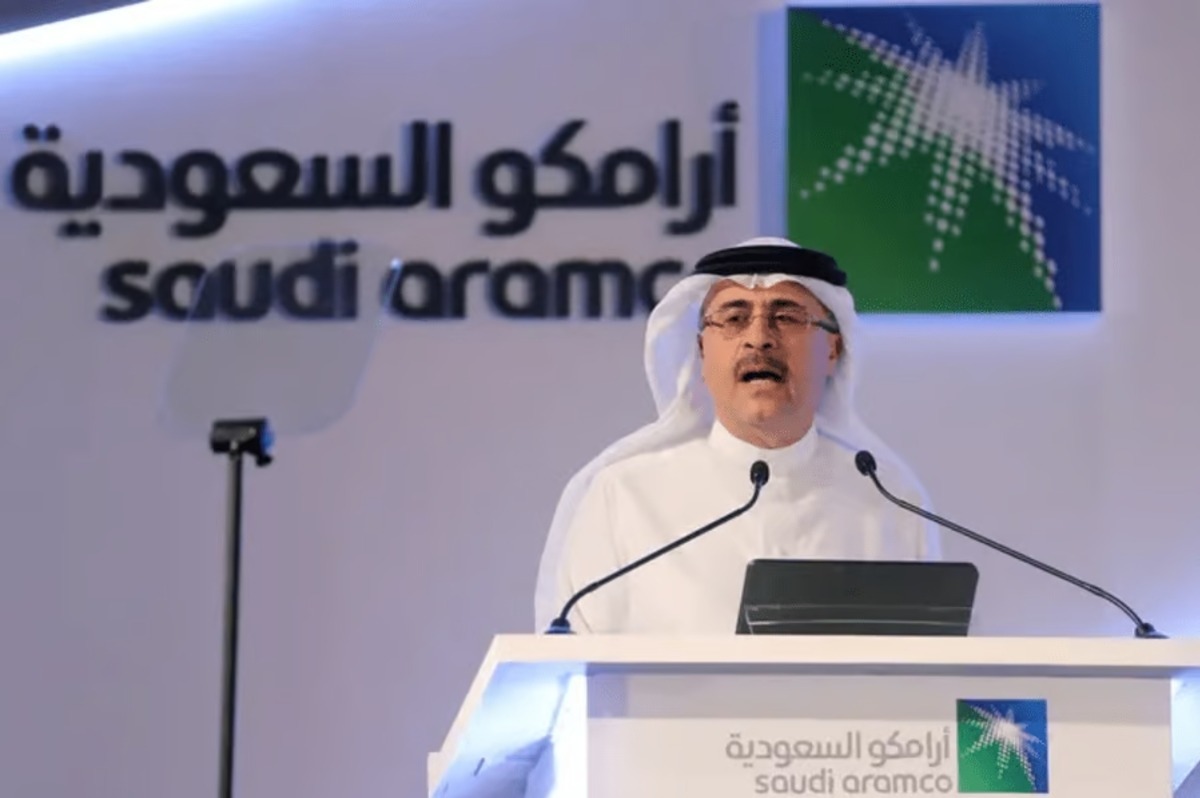Saudi Aramco’s President and CEO, Eng. Amin bin Hassan Al-Nasser, has advocated for a “Transition Plan 2.0,” an enhanced framework for energy transition that addresses the shortcomings of the current strategy. He emphasized that this new plan should account for the diverse needs of all nations, especially those in Asia and the Global South.
In a keynote address at the Singapore International Energy Week (SIEW), Al-Nasser highlighted the necessity of creating a new energy transition framework that recognizes Asia’s vital role on the global stage, the nature of its available resources, and its potential for future growth.
He remarked on the importance of a revised transition strategy, suggesting that this could be Asia’s century. However, he noted that the voices and priorities of Asia and the broader Global South are often overlooked in current transition plans, impacting the entire world. He expressed concern that the pace of transition is much slower, less equitable, and more complex than anticipated, emphasizing that the focus should be on actionable solutions rather than solely theoretical approaches.
Emission reduction: A practical approach
Al-Nasser underscored the importance of systematically reducing emissions to achieve significant results at a reasonable cost and within a practical timeframe. He pointed out that the strategy must be multi-source, multi-speed, and multi-dimensional, without giving preference to any particular type of energy or technology.
Financial challenges of the transition
Addressing the financial challenges of the energy transition, Al-Nasser explained that the transition will incur significant costs for everyone, with global estimates ranging from $100 to $200 trillion by 2050. He mentioned that developing countries may need nearly $6 trillion annually. Furthermore, he noted that in a transition requiring substantial initial capital investment, the cost of capital is more than double in developing nations, where the need is most pressing.
Recent Sukuk issuance
Earlier in October 2024, Saudi Aramco announced the completion of a $3 billion international sukuk issuance. The issuance comprises two U.S. dollar-denominated tranches: $1.5 billion maturing in 2029, carrying a profit rate of 4.25 percent per annum, and another $1.5 billion maturing in 2034, carrying a profit rate of 4.75 percent per annum.
Strong investor demand and strategic goals
Aramco’s sukuk issuance was priced on September 25, 2024, and the securities were listed on the London Stock Exchange. The company said that the offering recorded a six times oversubscription, reflecting strong investor demand. In addition, Aramco priced both tranches with a negative new issue premium, reflecting its strong credit profile. The successful sukuk issuance builds on Aramco’s efforts to diversify and broaden its investor base, further enhance liquidity, and re-establish its sukuk yield curve.
In July, Aramco raised $6 billion from a three-tranche sukuk that it launched under its Global Medium Term Note Program.
Advancements in digital solutions
In the previous month, Saudi Aramco introduced new initiatives aimed at advancing the development and implementation of cutting-edge digital solutions across its operations. These announcements were made at the Global AI Summit (GAIN) held at the King Abdulaziz International Conference Center in Riyadh.
Commitment to emerging technologies
Ahmad Al-Khowaiter, Aramco’s Executive Vice President of Technology & Innovation, remarked that emerging digital technologies, such as generative AI and the Industrial Internet of Things, are expected to transform both their operational processes and the wider commercial landscape. He highlighted that Aramco is leading the way in implementing these technologies on an industrial scale to generate significant value across its operations. He also pointed out that the company’s legacy of innovation drives its commitment to leveraging new technologies in support of the Kingdom’s ambitions to become a global leader in AI.
Strategic partnerships for AI development
During the summit, Aramco formalized partnerships by signing memoranda of understanding (MoUs) with Cerebras Systems and FuriosaAI to explore collaborative opportunities in supercomputing and AI. Additionally, an MoU with Rebellions aims to investigate the potential integration of Neural Processing Unit chips within Aramco’s data centers, enhancing digital infrastructure and promoting advanced AI innovations.
Read more: Saudi Aramco announces agreements with key Chinese partners
Accelerating AI capabilities in the Kingdom
Aramco also signed an MoU with SambaNova Systems to explore ways to accelerate AI capabilities, foster innovation, and encourage adoption across the Kingdom. Furthermore, the company announced the launch of an AI supercomputer, one of the first of its kind in the region. Powered by advanced NVIDIA graphical processing units (GPUs), this system is designed to expedite complex computational tasks, such as analyzing drilling plans and geological data to recommend optimal well placements.
In partnership with Qualcomm Technologies, Aramco is also set to deploy industrial generative AI solutions at the edge, aimed at improving facility monitoring, predictive maintenance, and the use of autonomous drones.
For more news on energy, click here.








